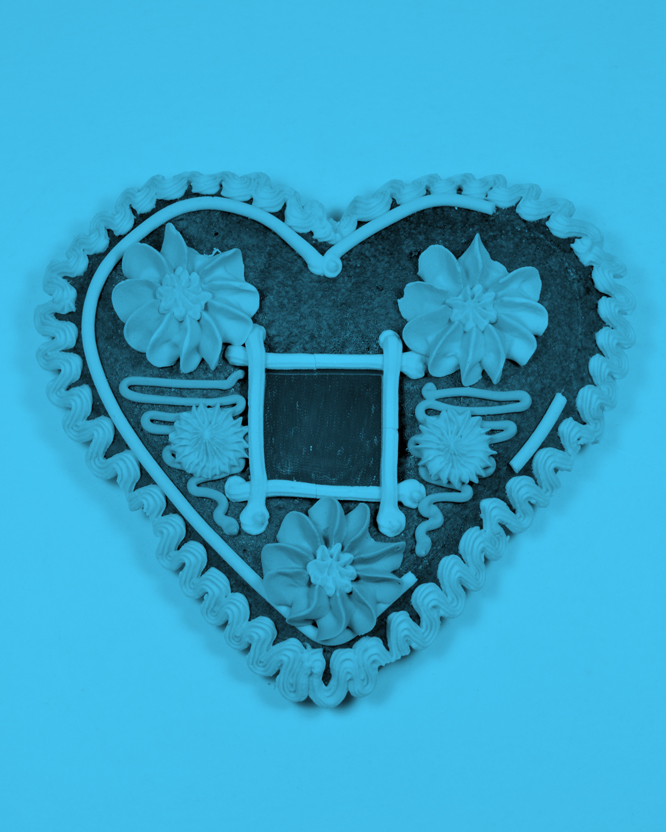
How does the MuCEM preserve its edible collections?
Because of the depth and diversity of its collection, the Mucem sometimes encounters very specific preservation problems that are relatively infrequent in the world of museums. For example, the Mucem may need to preserve objects made of perishable, including edible, goods like bread. In fact, a number of examples of decorated breads are on display in the Mediterranean Gallery.
That type of material is particularly sensitive to atmospheric fluctuations (temperature and humidity) and to micro-organisms (mould and insects). Aside from climate control, special monitoring is performed on this type of collection, both in the reserves and the exhibition spaces. Inspections are performed on a regular basis, during which the objects are examined closely to detect the onset of any infestation.
If an object is found to be infested or in case of any doubt, the piece is immediately isolated and treated. One of two methods can be used. First, anoxic treatment involves enclosing the object in a hermetic bubble, extracting the oxygen and replacing it for three weeks with nitrogen, an inert gas, that will suffocate any pests. Another possible treatment entails freezing the objects, because the cold halts the progression of the infestation.
At the end of the treatment, the objects are dusted by means of micro-suction to eliminate any residue that might foster the onset of a new infestation. For the most sensitive materials like wax and grease, the Mucem’s Centre for Conservation has cold storage areas for objects kept in the reserves.
By Emilie Girard, Mucem curator and director of the collections department